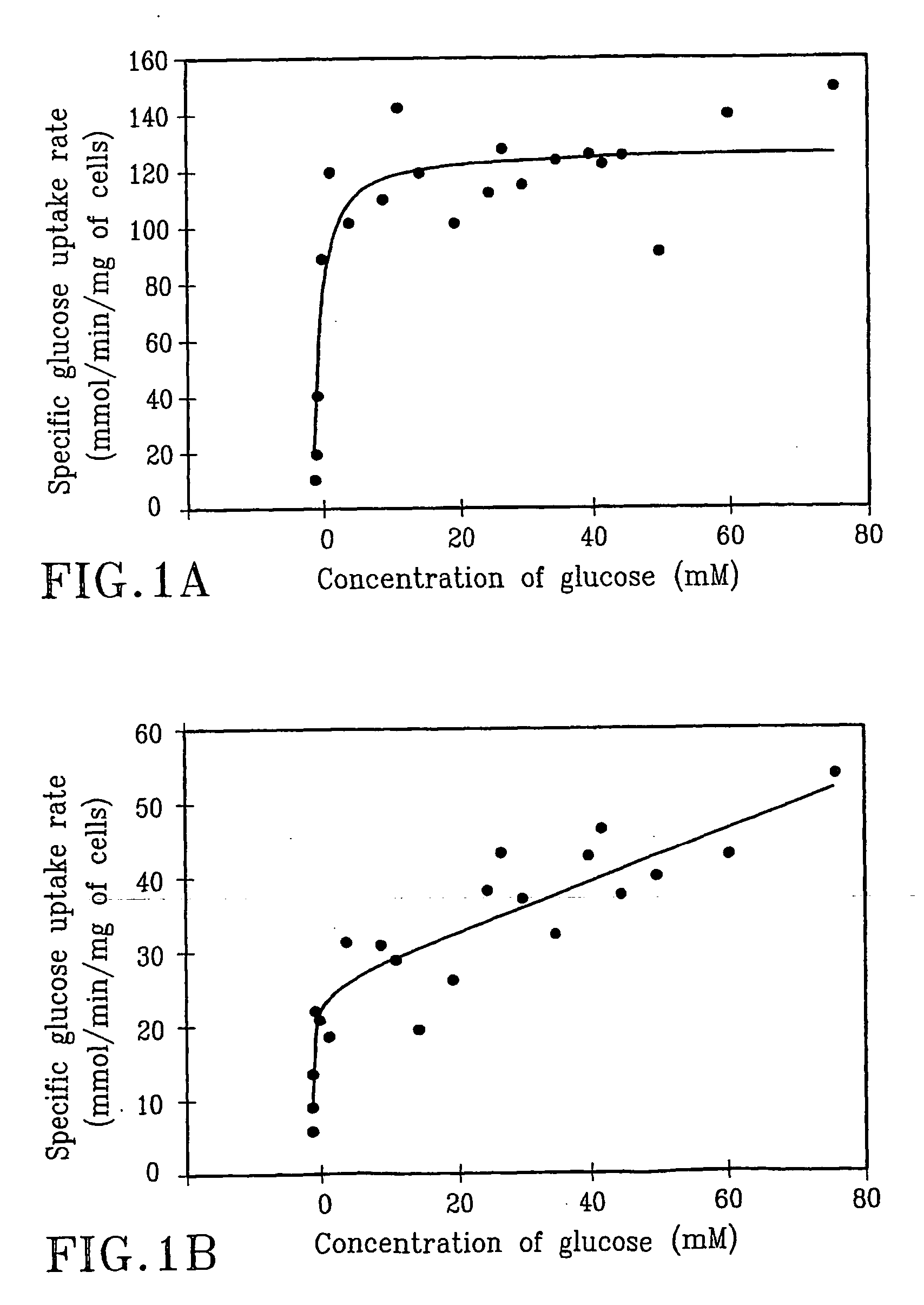Mutated lactococcus strain
a technology of lactococcus and mutated strains, applied in the field of new lactate producing strains, can solve the problems of lactic acid being an expensive chemical and it is considered difficult to polymerise lacta
- Summary
- Abstract
- Description
- Claims
- Application Information
AI Technical Summary
Benefits of technology
Problems solved by technology
Method used
Image
Examples
Embodiment Construction
[0018] The present invention is based upon a mutant of Lactococcus lactis spp. lactis wild type strain 19435 (obtained from ATCC), which mutant has been deposited on the 4th of Sep., 2001 at Deutsche Sammlung von Mikroorganismen und Zellkulturen under deposition number DSM 14489 in accordance with the Budapest Treaty.
[0019] It is at present unknown where in the genetic code the mutation has occurred and to what extent the mutation has changed the genetic code.
[0020] At controlled, monitored fermentations (continuous fermentations) of the new mutant, herein called TMB5003, the lactate production has been analysed and calculations made show that TMB5003 has double the volumetric production compared to the wildtype strain 19435, and has a specific productivity which is 1.5 times that of the wildtype strain. The yield of lactate calculated as grams of lactate produced per gram of glucose added at the fermentation, was calculated to be the same for both strains at continuous fermentati...
PUM
| Property | Measurement | Unit |
|---|---|---|
| Time | aaaaa | aaaaa |
| Time | aaaaa | aaaaa |
| Time | aaaaa | aaaaa |
Abstract
Description
Claims
Application Information
 Login to View More
Login to View More - R&D
- Intellectual Property
- Life Sciences
- Materials
- Tech Scout
- Unparalleled Data Quality
- Higher Quality Content
- 60% Fewer Hallucinations
Browse by: Latest US Patents, China's latest patents, Technical Efficacy Thesaurus, Application Domain, Technology Topic, Popular Technical Reports.
© 2025 PatSnap. All rights reserved.Legal|Privacy policy|Modern Slavery Act Transparency Statement|Sitemap|About US| Contact US: help@patsnap.com


